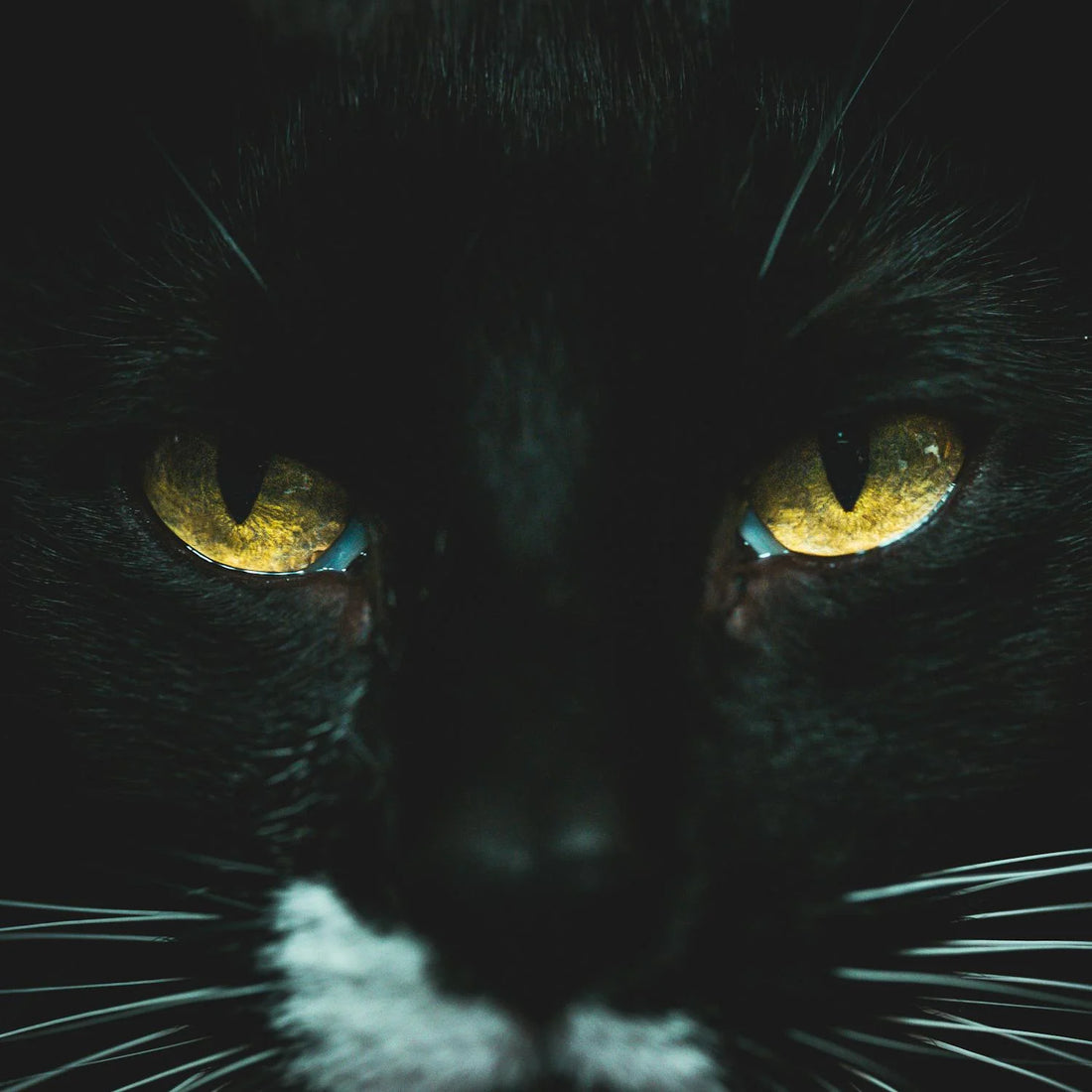
Everything you need to know about the third eyelid in cats
Compartir
Cats are fascinating creatures with many unique characteristics, and one of the most interesting is their third eyelid. Also known as the nictitating membrane, this extra eyelid plays a crucial role in cats' eye health. In this article, we explore what the third eyelid is, its function, and what it means if you see it in your cat.
What is the third eyelid?
The third eyelid, or nictitating membrane, is a thin layer of tissue found in the inner corner of the eye in cats. Unlike the upper and lower eyelids, which open and close vertically, the third eyelid moves horizontally across the eye. This membrane is most visible when cats are relaxed, asleep, or if there is a health problem.
Functions of the Third Eyelid
The third eyelid has several important functions:
- Protection: Acts as a protective barrier for the eyes, helping to protect them from dust, dirt and injuries.
- Hydration: Distributes tears and keeps the surface of the eye moist and lubricated, which is essential for eye health.
- Cleaning: Helps remove small debris and particles from the eye, keeping it clean.
Third eyelid visibility
Under normal circumstances, the third eyelid is not very visible. However, there are situations where it may become more prominent:
- Sleep and Relaxation: When a cat is sleeping or very relaxed, its third eyelid may be visible.
- Illness: The appearance of the third eyelid can be a sign of illness or discomfort. If you see that your cat's third eyelid is visible for an extended period of time, it is important to seek veterinary care.
Common Causes of Prolonged Visibility of the Third Eyelid
- Infections: Eye infections, such as conjunctivitis, can cause inflammation and make the third eyelid more visible.
- Dehydration: Dehydration can cause the third eyelid to lift.
- Pain or Discomfort: Health problems, such as gastrointestinal illnesses or respiratory infections, can cause the third eyelid to become elevated.
- Eye Injuries: Injuries or irritations to the eye can cause the third eyelid to become more prominent.
- Horner's Syndrome: This neurological condition can cause protrusion of the third eyelid, along with other symptoms such as drooping of the upper eyelid and contraction of the pupil.
Treatment and Care
If you notice that your cat's third eyelid is visible for more than a day or two, it is essential to take him to the vet for an examination. The veterinarian will perform a complete evaluation to determine the underlying cause and recommend appropriate treatment. This may include:
- Antibiotics: To treat bacterial infections.
- Artificial Tears: To keep eyes hydrated.
- Treatment of Underlying Condition: Management of the underlying cause, such as dehydration or systemic diseases.
Prevention
Maintaining your cat's eye health involves some simple practices:
- Regular Checkups: Take your cat to the vet for regular checkups.
- Clean Environment: Keep your cat's environment clean to reduce exposure to dust and allergens.
- Adequate Hydration: Make sure your cat has access to fresh water at all times to prevent dehydration.
The third eyelid of cats is a fascinating and functional feature that plays a crucial role in protecting and maintaining eye health. While it is normal to see this membrane occasionally, its prolonged visibility may indicate health problems that require veterinary attention. Keep an eye on your cat's eye health and consult your veterinarian for any signs of abnormality to ensure your feline's well-being.

